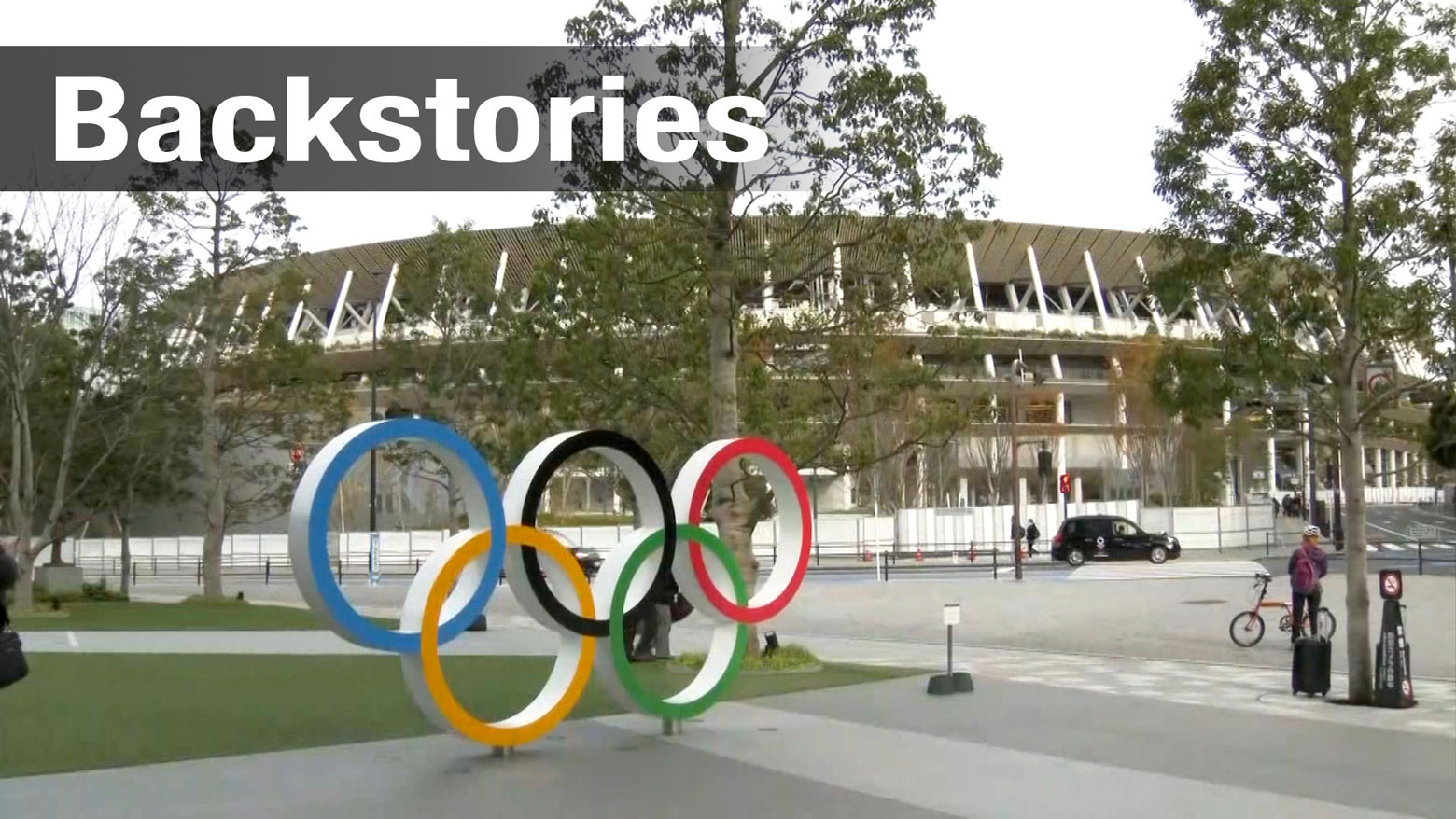New National Stadium opens
The flagship venue for the Olympics was completed last month after years of work. The New National Stadium will host the opening ceremony on July 24, followed by a range of events throughout the duration of the Games.
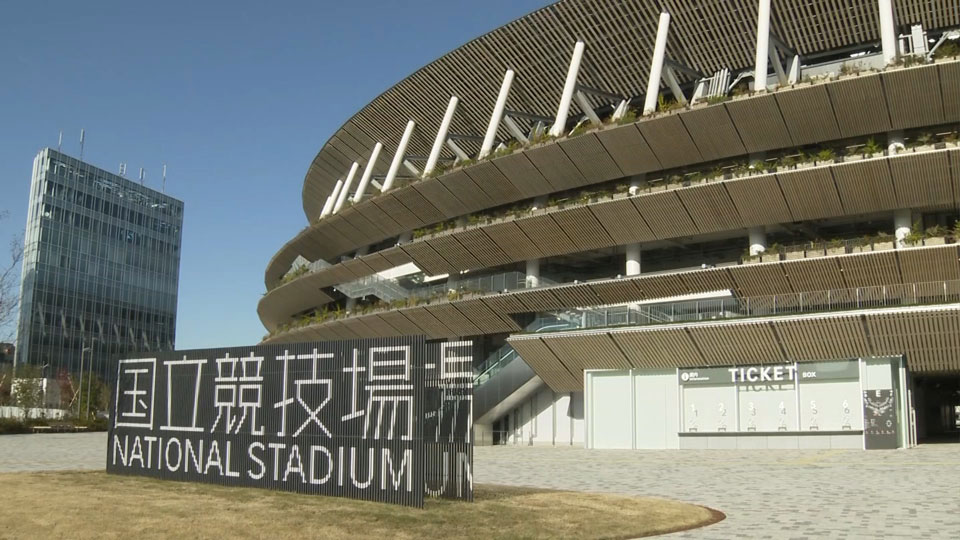
The stadium is the centerpiece of the first Olympics Tokyo is hosting since 1964. The Games will feature 339 events in 33 sports, including 18 new events across 5 new sports.
Baseball and softball, skateboarding, surfing, karate and sport climbing have been added to the roster. Organizers hope these events will help attract in a new generation of Olympic fans. Some of these sports will be included in the 2024 Paris Games.
This year's events will be competed at a total of 43 venues, including 8 facilities constructed specifically for the Games. At the other end of the spectrum, more than ten were also used during the 1964 Games. But the majority have been renovated or rebuilt.
Recovery from 2011
Most of the venues are located near central Tokyo. But some events will be held in northeastern Japan, which was devastated by an earthquake and tsunami in 2011. Miyagi and Fukushima Prefectures, which suffered some of the worst damage, will be hosting soccer, baseball, and softball matches. Organizers are hoping the events will showcase the success of the recovery efforts.
Northeastern Japan will also play a significant role in the traditional torch relay preceding the Games. Before the start of the relay, the torch will be on display for five days in the disaster-affected areas under the slogan of "Hope Lights Our Way."
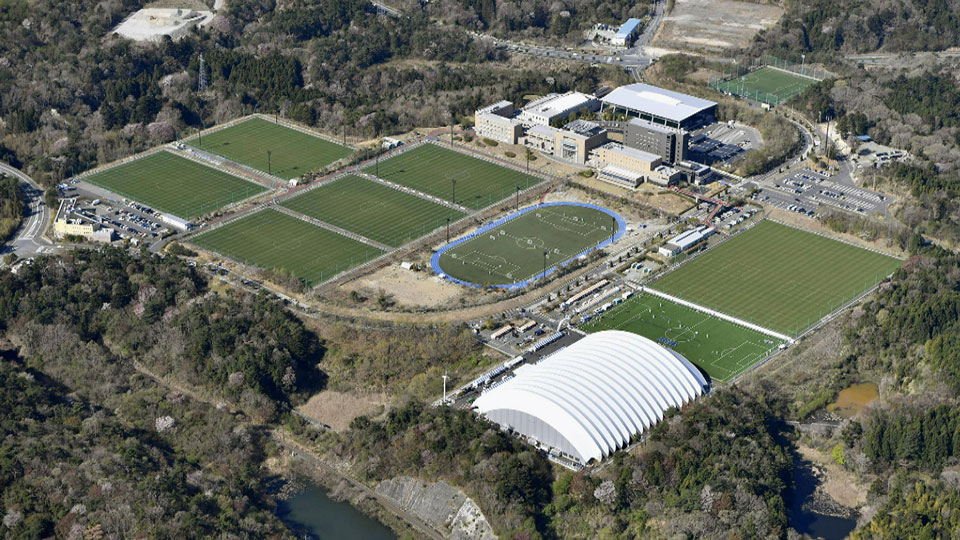
The relay will start at the national training center, known as J-Village, in Fukushima Prefecture. The facility was used as a base for decommission work at the Fukushima Daiichi nuclear plant. It was a symbol of how far the area had come when the complex was reopened in April, allowing children to return to soccer fields that had for years been occupied by vehicles used for recovery work.
The relay will last 121 days, with the torch traveling through all 47 prefectures. Its route will include some of the country's most popular tourist destinations, such as Mount Fuji and the Tottori Sand Dunes. More than 10,000 people are expected to take part, helping carry the torch to the New National Stadium where it will be used to light the Olympic cauldron on the day of the opening ceremony.
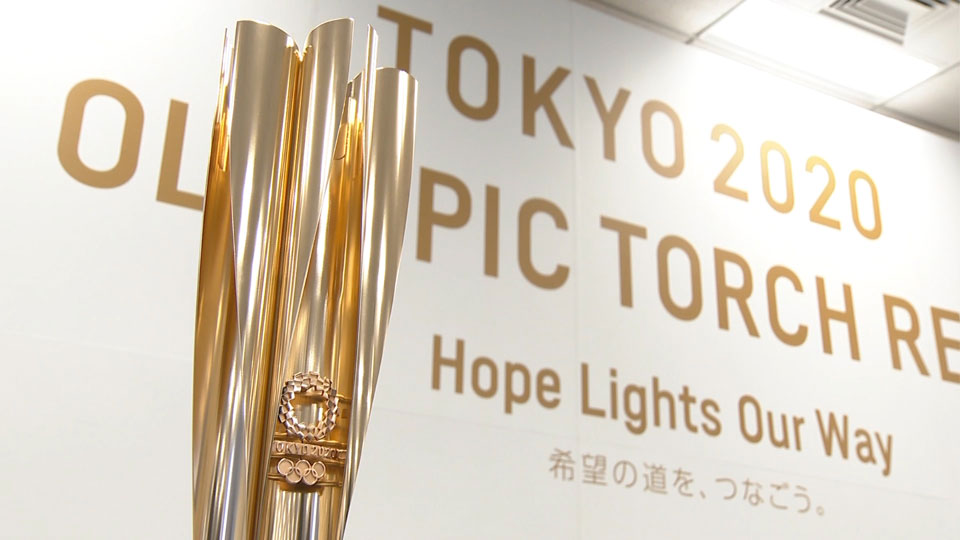
Medal hopefuls get ready
Athletes around the world are getting ready to face the highest level of competition. For Japanese stars, there is the added pressure of playing in front of the home crowd. Swimmer Daiya Seto is one of the athletes for whom expectations are high. He took home the bronze at the men’s 400-meter individual medley at the 2016 Rio Games.
Rising table tennis star Tomokazu Harimoto is considered one of the contenders for the men's singles title. Last year, he became the youngest player to win the ITTF World Tour Grand Finals. But the 16-year-old still has to secure his spot at the Games before he can start thinking of the podium.
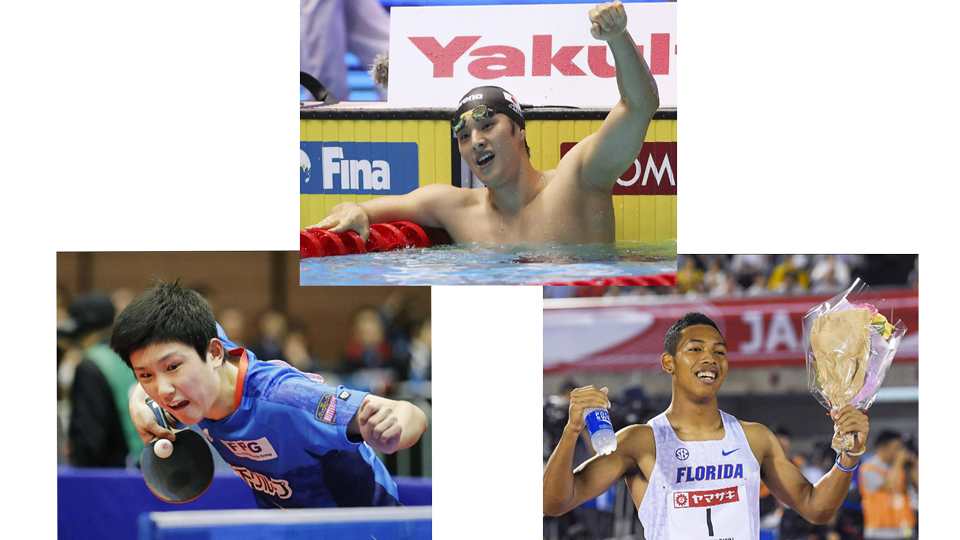
Sprinter Abdul Hakim Sani Brown will arrive in Tokyo under intense scrutiny. The 20-year-old set a national record for the 100-meter dash at 9.97 seconds. He is also expected to be on the men's 400-meter relay team. Japan took silver in the event in Rio, a result which sent shockwaves throughout the athletics world.
Challenges remain
But Olympic organizers still have a slew of issues to overcome before the start of the Games. The scorching temperatures expected this summer have forced officials to move the marathon and race walk events to the northern city of Sapporo. The routes have not yet been set, and issues related to accommodation and security are posing problems.
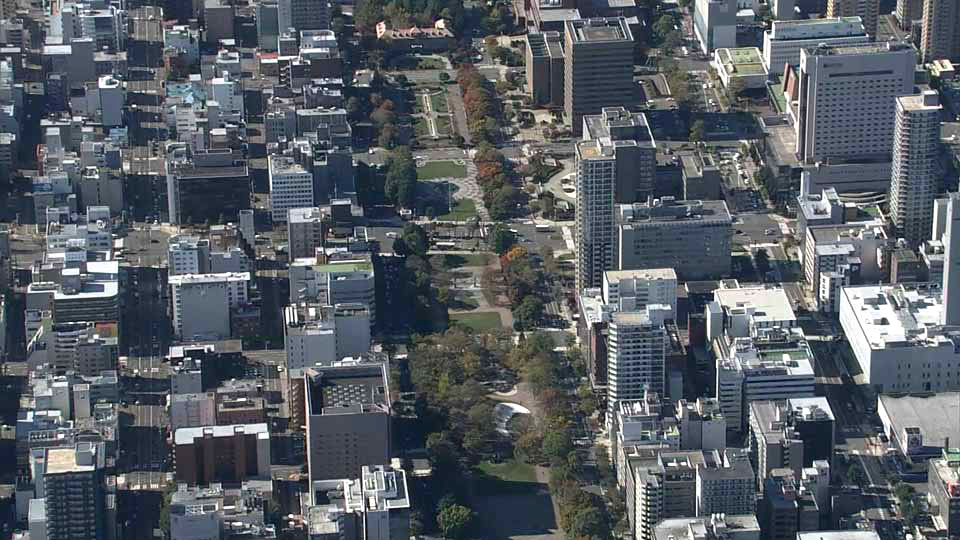
Traffic congestion in Tokyo, potential natural disasters, and how to provide tourist services in a range of languages are causing headaches for officials.
But for now, anticipation is mounting and towns and cities around the country are eagerly awaiting the arrival of athletes and tourists.
